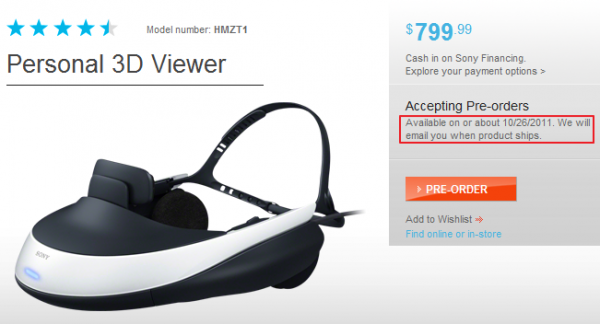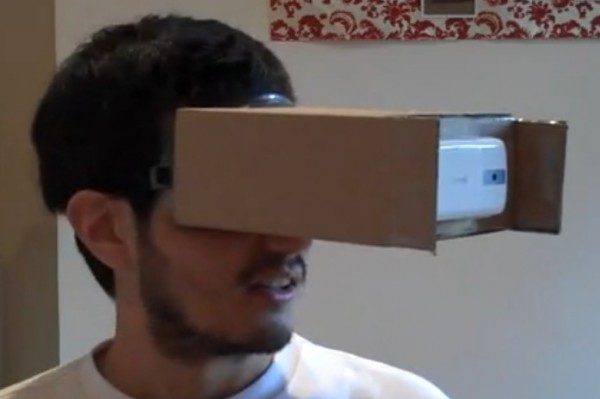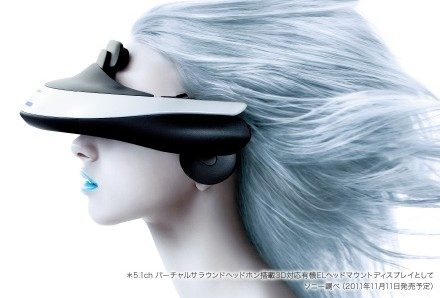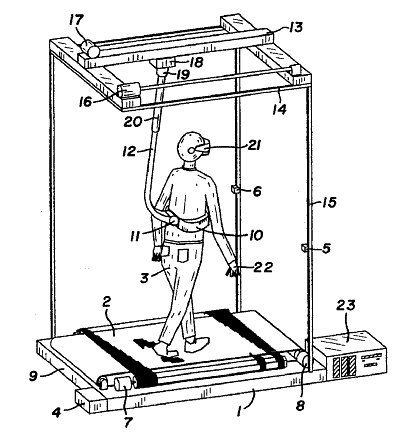The World’s Best Virtual Reality — Your Brain on VR, and the Exciting World of Brain-Computer Interfacing
 The abilities of the brain are absolutely amazing. Even before the idea of virtual reality was conceived, the brain has provided us a way to experience things that seem entirely real but are entirely fake. I’m speaking of dreams of course. Because our experiences are merely interpretations of input from various nerves, it couldn’t be easier for the brain to essentially simulate these inputs to give us experiences that are independent of our external reality.
The abilities of the brain are absolutely amazing. Even before the idea of virtual reality was conceived, the brain has provided us a way to experience things that seem entirely real but are entirely fake. I’m speaking of dreams of course. Because our experiences are merely interpretations of input from various nerves, it couldn’t be easier for the brain to essentially simulate these inputs to give us experiences that are independent of our external reality.
To some extent, we can simulate and control these experiences consciously. It isn’t hard to think of a frightening situation, or a terrifying movie, and feel afraid. Nor is it difficult to recall someone lost but loved, and feel sad. Emotions don’t seem too hard for us, but physical sensations are tough to insight consciously. For instance, it is hard to give yourself the sensation of falling or flying, or to feel like you’re hotter or colder than you really are. Still, it’s not impossible. A brief survey of meditation techniques will show you that some people can tap into their mind’s own ability to create a false reality.
Many people have occurences of something called Lucid Dreaming in which they are able to take control of their dreams, and make conscious decisions within them. I’m able to lucid dream from time to time, and often my favorite thing to do is to fly or sky dive. To my surprise, my mind properly simulates the feeling of excitement/adrenaline/falling that one would associate with flying through the sky. The mind is arguably capable of being the world’s best virtual reality system; so how do we tap into it?















